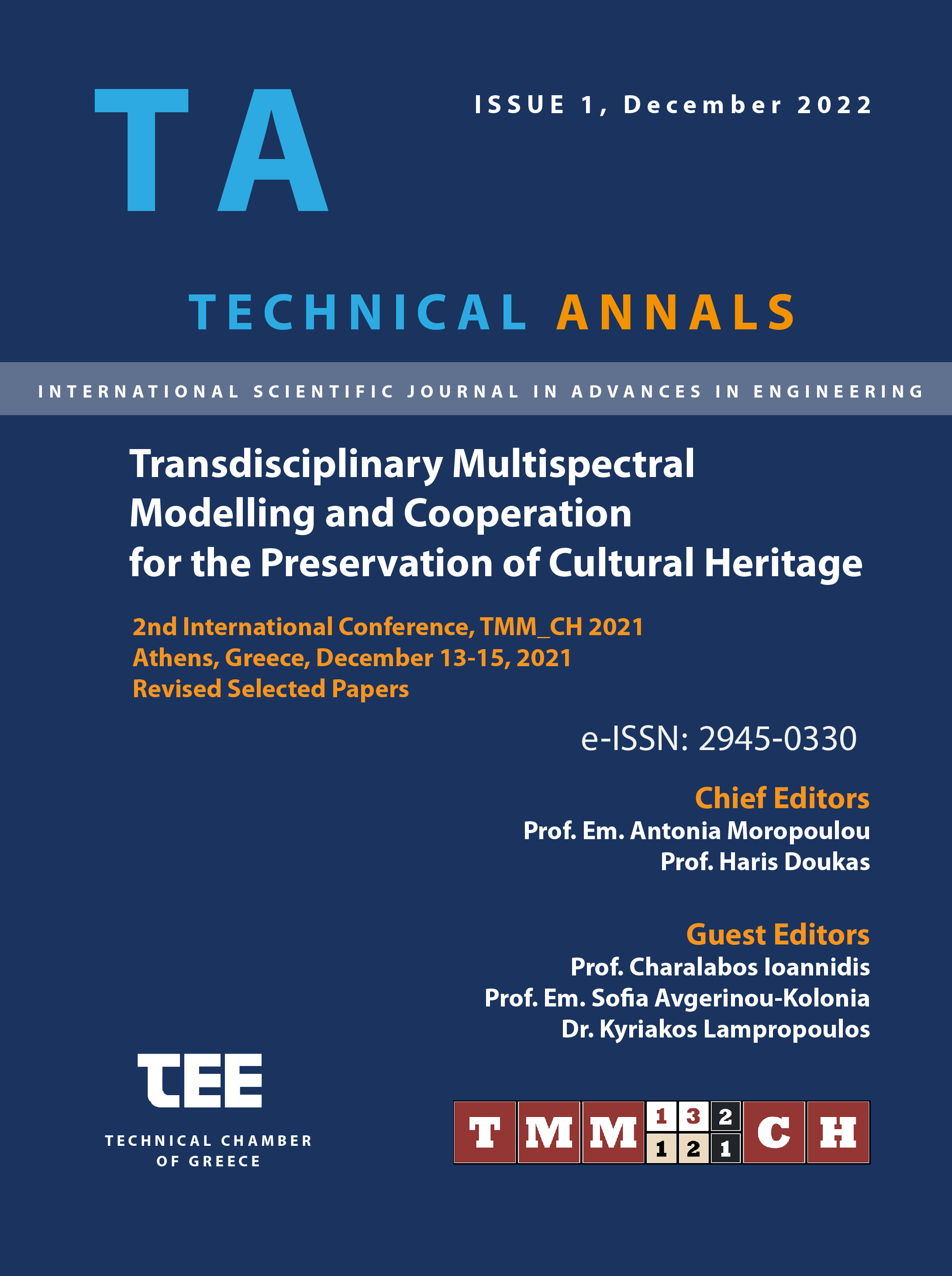Digital heritage consolidation and innovation, three case studies between documentation and divulgation aims

Abstract
In recent years, the need to digitize and create digital twins of the ar-chitectural and artistic heritage has been confirmed and accelerated. In this con-text, the DIDA-LXR (Laboratory for eXtended Reality) of the DIDALABS sys-tem, has carried out a series of research on the use of Virtual and Augmented Reality solutions to create and support activities in digital surveying, workshops for architects, and the establishment of a common knowledge basin regarding the existing architectural heritage. In this paper, several experiences are presented, and their workflows and results are shared. The selection focuses on the virtual reconstruction of the Gothic apses in the Cathedral of Fabriano; the reconstruc-tion of the frescoes in Santa Maria dei Bianchi in Gubbio and the virtual recon-struction of the Horrea Agrippiana at the Roman Forum in Rome. Despite these four case studies being different, they all aim at creating a series of products that document the state and possible aspects of the past of significant elements of the architectural heritage. In their own way, they fix the state of knowledge and con-dition of these complex artefacts, preserving their memory and creating a valua-ble basis for any further interventions. Simultaneously, the use of today's digital tools in structures geared towards both sharing in working groups and dissemi-nation activities makes this content available for a wide variety of processing. The technologies for the visualisation of digital works are to be considered ex-cellent tools for the use and enhancement of Cultural Heritage.
Article Details
- How to Cite
-
Verdiani, G., Charalambous, A., & Ricci, Y. (2022). Digital heritage consolidation and innovation, three case studies between documentation and divulgation aims. Technical Annals, 1(1), 13–23. https://doi.org/10.12681/ta.32154
- Section
- Digital Heritage - Holistic Approach

This work is licensed under a Creative Commons Attribution-ShareAlike 4.0 International License.


